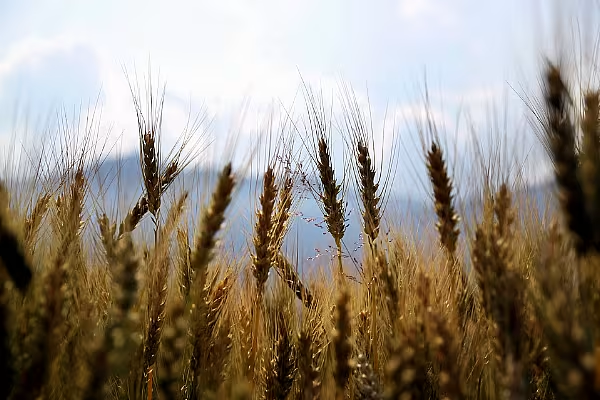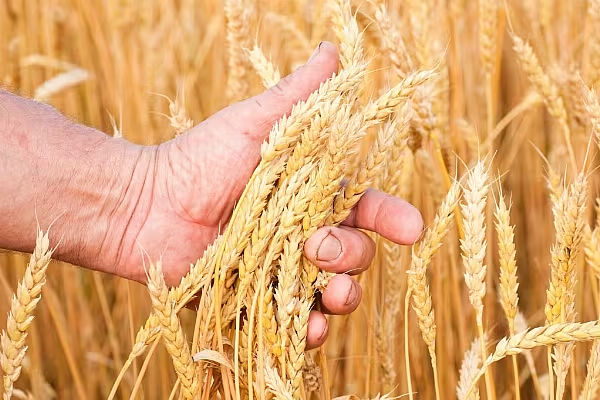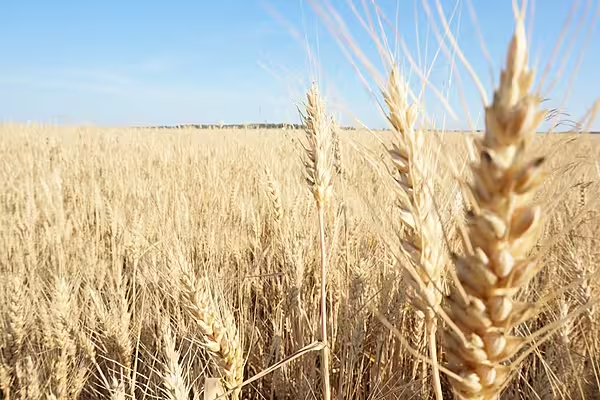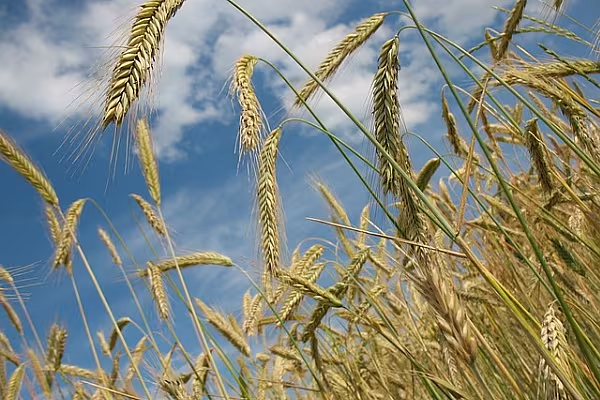Rains in Germany, the European Union’s second-biggest wheat grower, are adding to concerns about a global dearth of high-protein crops favoured for making specialty breads and pizza crusts.
Downpours in the past three to four weeks have been detrimental to German wheat and the heaviest rains have been in northeastern areas, which has reduced quality, said David Streit, a forecaster at Commodity Weather Group. Rains at this time in the season can lower protein levels and delay harvesting, which typically picks up from mid-July and continues through August.
The risk to German quality comes as hot and dry weather cuts this year’s output of US spring wheat, a variety that’s high in gluten, which gives dough its strength and stretch. The reduced supply pushed futures for that type of wheat to a four-year high. It also means the market may look to other countries that grow high-protein wheat, including Germany and Baltic nations, to fill the gap, the Australian unit of Dutch grains trader Nidera said last week.
“Due to problems of dryness in US and Canada spring-wheat areas, it is very important that the German high-protein wheat gets good harvest weather,” said Dan Basse, president of Chicago-based AgResource. “If you have too much rain for the German high-protein wheat, you are going to have a real dramatic shortage” globally, he said.
There are already signs that crop problems in North America are increasing demand for high-protein supplies in Europe. Premiums for German and Baltic wheat have risen in recent weeks and will probably be supported by rains in Germany, according to Basse.
Protein levels for German wheat are typically between 12 and 14%, generally higher than for the grain grown in France and Ukraine. The level for US spring-wheat traded in Minneapolis is 13.5%. Those futures have jumped more than 40% in the past two months.
Other Nations
In Poland and Baltic countries, while conditions aren’t as wet as Germany, there may be harvest delays and potential minor declines in quality, CWG’s Streit said.
This year’s US spring-wheat crop will total 423 million bushels, government data showed Wednesday. While that’s bigger than analysts estimated, it will be 21% less than last year. Drought conditions have worsened in northern states and ratings for the variety are the lowest for this time of year since 1988.
“Given the US spring-wheat situation and an overall globally tighter supply of quality wheat, demand for German wheat will be higher,” said Stefan Vogel, head of agricultural commodities research at Rabobank International in London. “While we will not be sure of the German quality until the harvest approaches in northern Germany in the days ahead, the rains forecast are surely not a good sign and might erode partly the wheat quality.”
News by Bloomberg, edited by ESM. Click subscribe to sign up to ESM: The European Supermarket Magazine.














